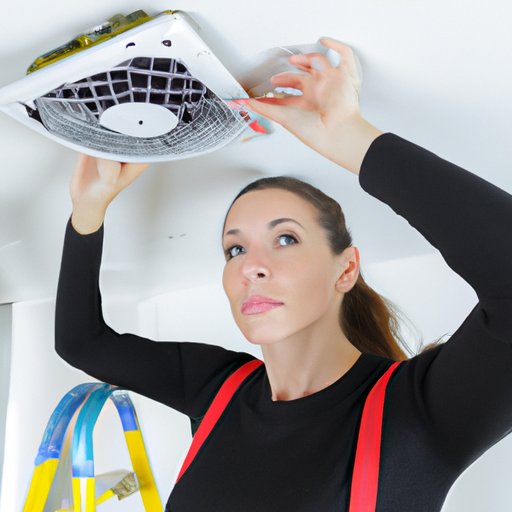Introduction
A greenhouse is an enclosed structure used to grow plants all year round, regardless of the outdoor climate. It is typically made of glass or clear plastic and is designed to capture and store solar energy, resulting in a warmer environment than the outside air. Greenhouses allow growers to produce crops in climates that would otherwise be too cold or too hot to support them.
The benefits of using a greenhouse are numerous. Greenhouses provide protection from wind, rain, and animals, while enabling gardeners to control the amount of light, humidity, and temperature that their plants receive. Additionally, greenhouses can reduce water consumption by up to 70%, since the plants do not need to be watered as often as those planted outdoors. Finally, greenhouses help to extend the growing season, allowing farmers to harvest crops earlier and later in the year.
The Basics of How a Greenhouse Works
The most important factor in understanding how a greenhouse works is heat retention. The glass or plastic walls of the greenhouse act as a barrier, trapping heat inside and preventing it from dissipating into the surrounding air. This heat is then absorbed by the plants, which causes them to grow faster and more efficiently. According to a study conducted by the University of California Davis, “Greenhouses provide a favorable microclimate for plant growth and development that cannot be achieved outside.”
There are several types of greenhouse structures and technologies that can be used to maximize heat retention. The most common type of greenhouse is the single-layer or double-layer glazing system, which consists of two layers of transparent material separated by an air gap. This system traps heat between the two layers, creating a thermal blanket that prevents heat from escaping. Other popular types of greenhouses include insulated panels, reflective films, and insulated blankets.

Maximizing Efficiency with Appropriate Ventilation
In order to maximize the efficiency of a greenhouse, it is important to consider factors such as orientation, size, and ventilation when designing the structure. Orientation refers to the placement of the greenhouse relative to the sun, while size affects the amount of heat that can be captured and stored. Proper ventilation also plays a key role in regulating the temperature within the greenhouse.
Ventilation helps to ensure that the air inside the greenhouse does not become excessively hot or humid, which can damage the plants. In order for ventilation to be effective, the greenhouse must be designed so that the air can flow naturally throughout the structure. This can be accomplished by adding windows and vents at strategic locations or by installing fans or blowers to circulate the air.
Conclusion
Greenhouses are an effective way to grow plants in any climate. By understanding the basics of how a greenhouse works, including heat retention and appropriate ventilation, growers can maximize the efficiency of their greenhouse and reap the benefits of having a controlled environment for their plants. When designing a greenhouse, it is important to consider factors such as orientation, size, and ventilation in order to create an optimal growing environment.
(Note: Is this article not meeting your expectations? Do you have knowledge or insights to share? Unlock new opportunities and expand your reach by joining our authors team. Click Registration to join us and share your expertise with our readers.)
